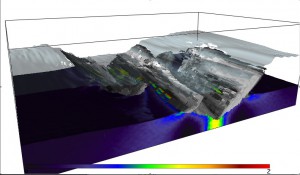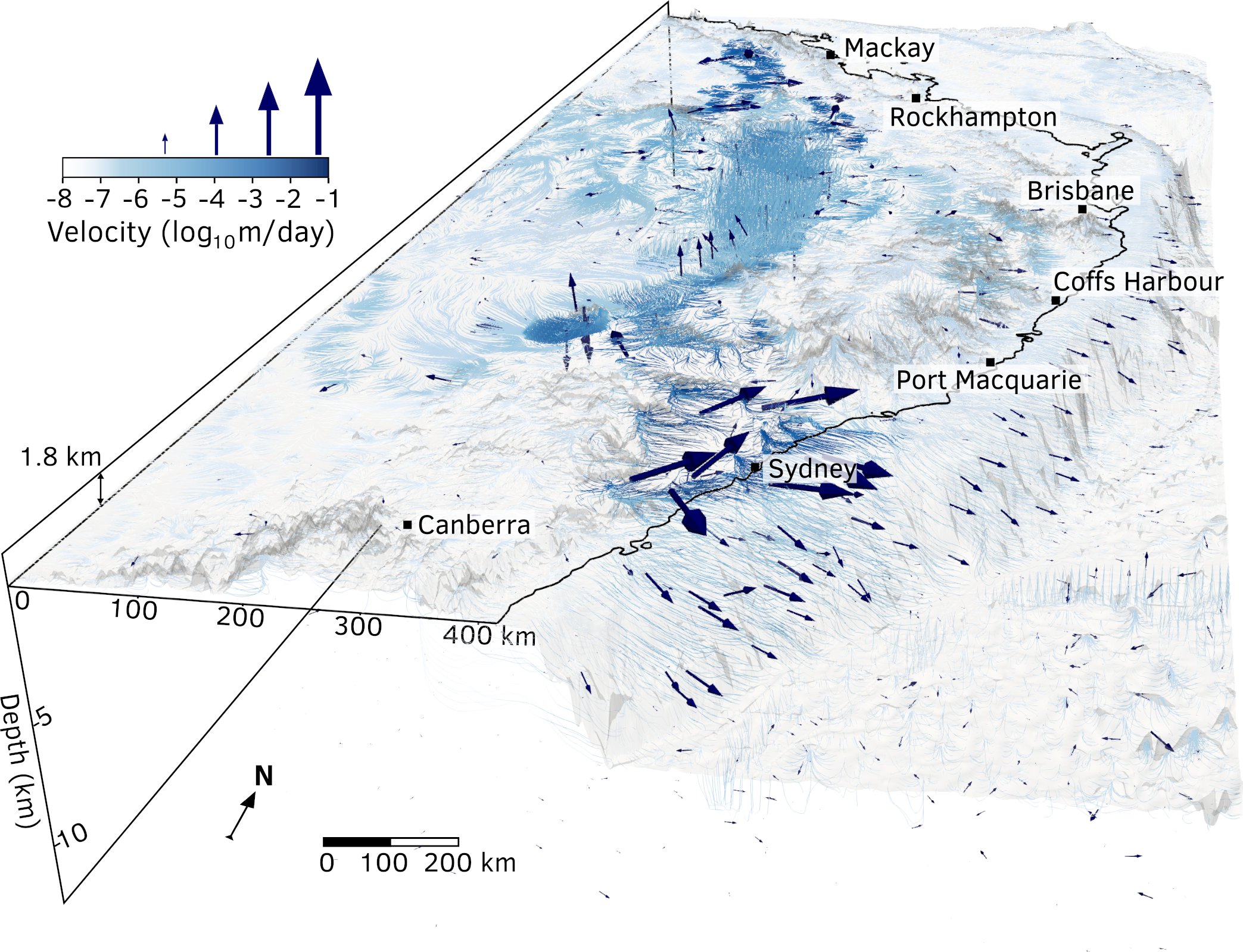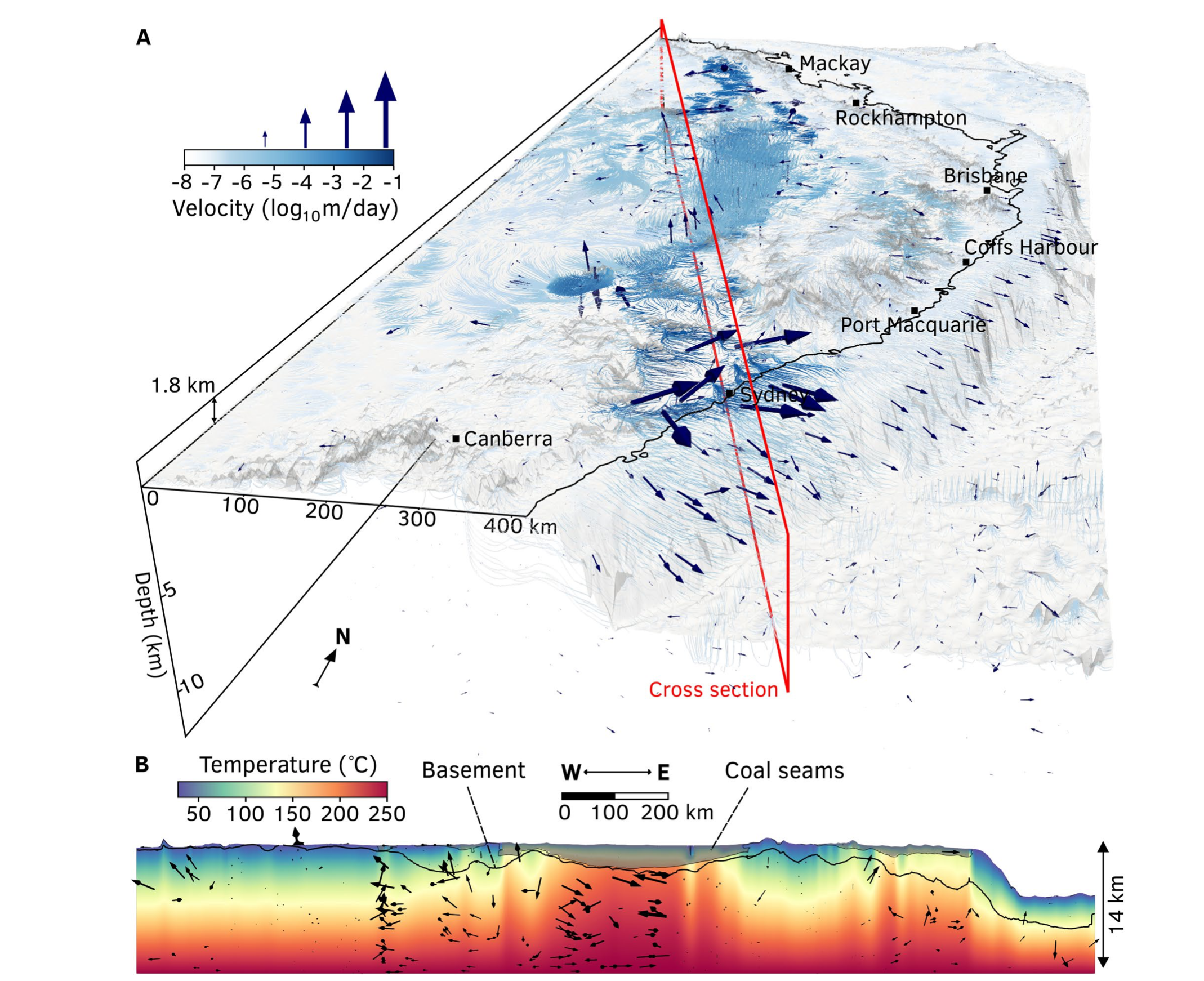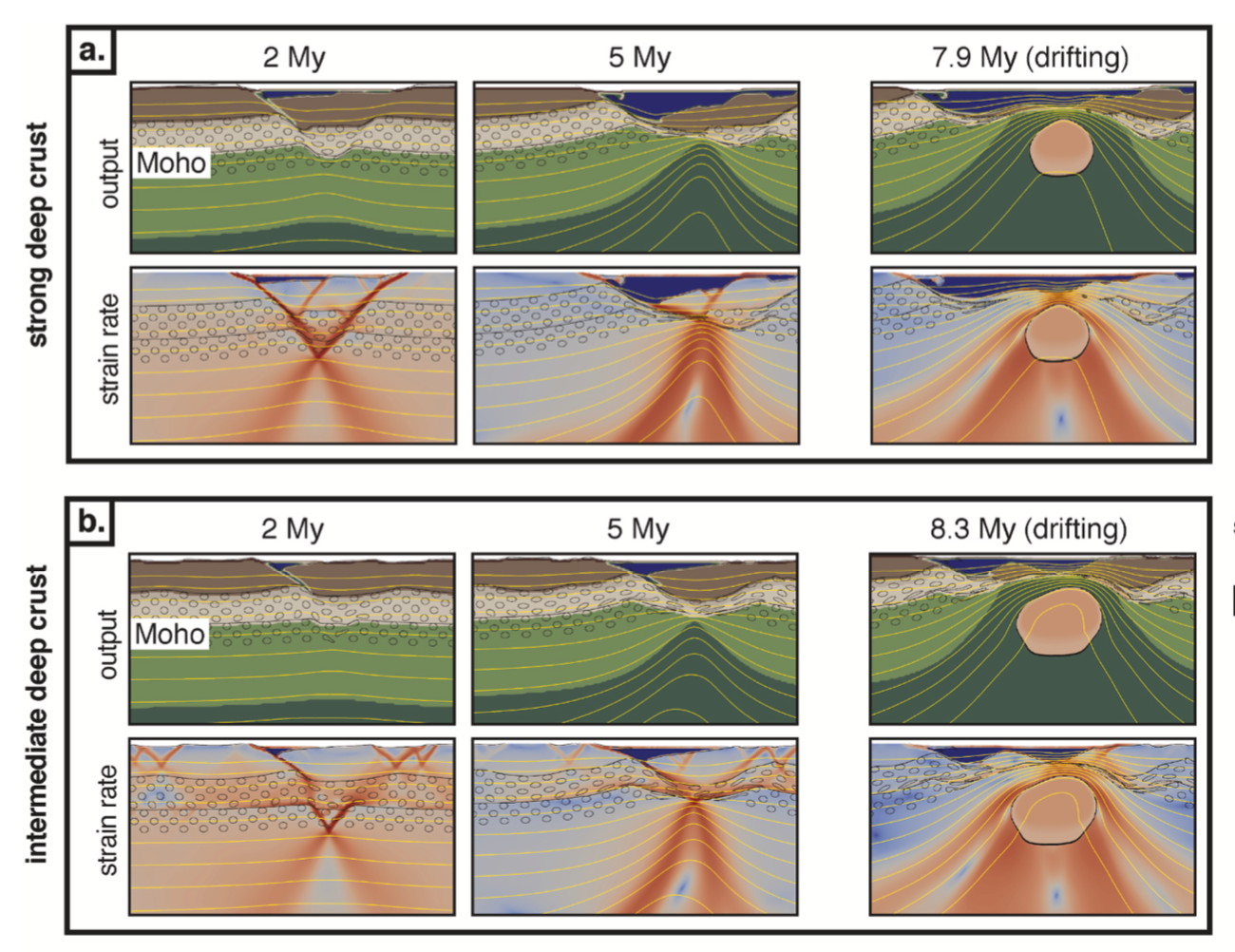 Underworld is a StGermain parallel modelling framework Geoscience research code, which utilises a Lagrangian particle-in-cell finite element scheme (the prototype of which is the Ellipsis code), visualised using gLucifer.
Underworld is a StGermain parallel modelling framework Geoscience research code, which utilises a Lagrangian particle-in-cell finite element scheme (the prototype of which is the Ellipsis code), visualised using gLucifer.
Groundwater ‘superhighway’ modelled along Australia’s east coast
When floodwaters recede, where do they go? By Loren Smith University of Sydney researchers have modelled water-storing aquifers that perform a natural balancing act: they absorb water during floods and supply water during drought. Yet human intervention is limiting their function. University of Sydney researchers have identified a groundwater ‘superhighway’ along Australia’s east coast. Stretching from … Read more…





